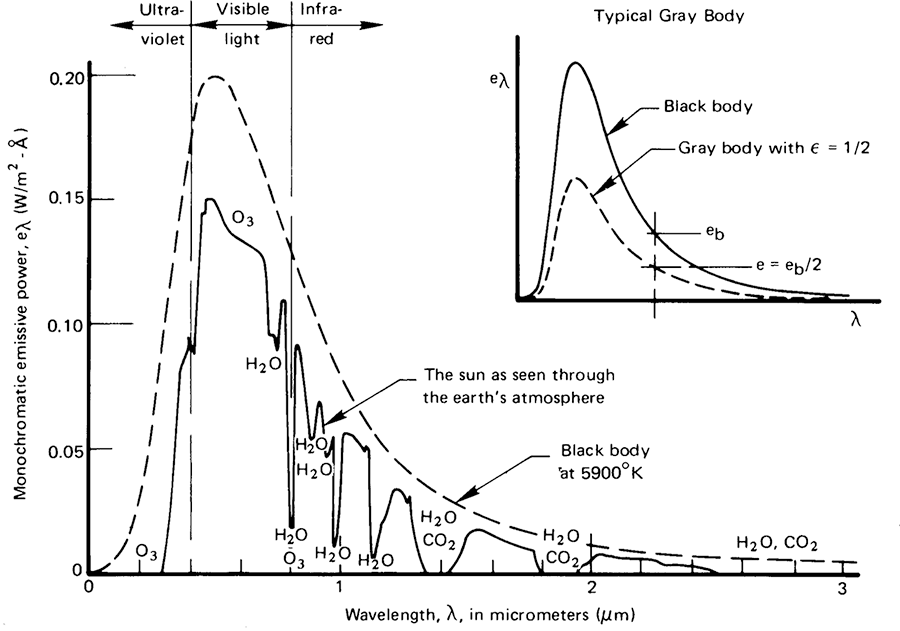The Sky
Today, we hold up a delicate, almost invisible, shield. The University of Houston's College of Engineering presents this series about the machines that make our civilization run, and the people whose ingenuity created them.
In the play, Hamlet gazes at the sky and says,
... this most excellent canopy, the air, look you, this brave o'erhanging firmament, this majestical roof fretted with golden fire, ...
That excellent canopy of air is impossibly fragile and small when we look over our shoulder to see it from space. If breathable air were shown to scale on the globe in your study, it'd be a hundredth of an inch thick. The cloud cover we saw from the moon is so thin it could be painted on Earth.
Yet compare Earth with the moon, whose surface has been pitted and hammered into dust by meteors. We've been less touched by all that falling iron. Our fragile canopy reshapes the damage done by all that falling iron. It absorbs and burns the smaller stuff before it can reach us.
Breathable air, about three hairs thick on your globe, is a powerful shield against more than meteors. It has a complex chemical structure. It's mostly oxygen and nitrogen at sea level, but it becomes richer in CO2 and ozone higher up.
Ozone is a molecule made of three oxygen atoms. It forms a gossamer-thin layer, 30 miles up, that screens out ultraviolet radiation. Without ozone, that radiation would kill off our nucleic acids and make life impossible.
Visible light has only a slightly greater wavelength, but ozone lets it through. And life would also be impossible without that visible light and photosynthesis.
High-altitude carbon dioxide caps off the atmosphere like a greenhouse window. Visible energy from the sun passes through, and Earth absorbs it. When Earth reradiates that energy as long-wavelength infrared energy, the CO2 won't let it back out.
The greenhouse effect is no theory. It's an absolute necessity. It keeps Earth warm enough to sustain life. The only question is, "Will we let the balance of carbon dioxide rise to the point where our atmosphere becomes a sauna bath?"
So we're back to that unhappy Dane, Hamlet. His speech about the air continues. "Why," he cries,
it appears no other thing to me than a foul and pestilent congregation of vapours.
The witches in Macbeth pick up that same theme. "Fair is foul, and foul is fair: Hover through the fog and filthy air." Macbeth and Hamlet forgot that they were responsible for their lives, and the air around them seemed to turn foul and pestilent.
That's something for us to remember. Our air may be a most excellent canopy now. But it has fallen onto our hands to sustain that preposterously thin membrane -- so that it can sustain our life and shield us from hostile space.
I'm John Lienhard, at the University of Houston, where we're interested in the way inventive minds work.
(Theme music)
Thomas, L., The Lives of a Cell. New York: Bantam Books, 1975, pp. 170-174.

Drawing © John Lienhard
Distribution of Energy Reaching Earth from the Sun